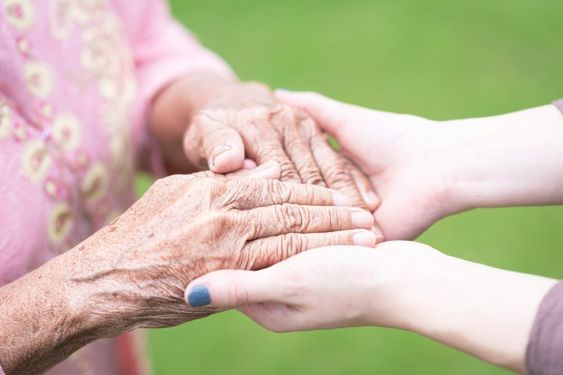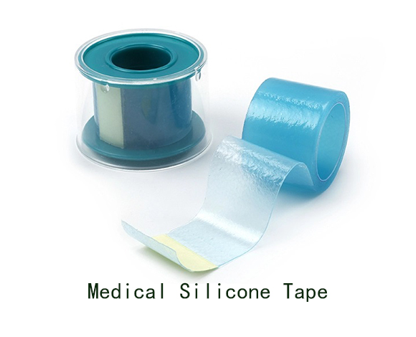Skincare is becoming an important health issue as the population ages, especially the elderly population, and home-based seniors with chronic diseases. As we age, our skin becomes drier and more brittle. Using a medical adhesive dressing at this time may cause the outer layer of the skin to tear, but the skin tear is usually not serious. They usually heal within a few weeks. However, how long it takes you to heal depends on your body and the type of tear. Next, please come with me to see what is the prevention and treatment of skin tears.
What is the cause of the skin tear?
acute traumatic wounds caused by certain mechanical forces (such as shear and friction) or some type of trauma ( adhesive dressings). Those at the highest risk for skin tears are elderly patients, very ill patients, and very young patients because their skin is fragile and more prone to injury.
Are areas prone to skin tearing?
Skin tears can occur anywhere on the body, but are most common in the extremities, especially the upper extremities. Older People As skin ages, the epidermis begins to thin and production of collagen and elastin decreases, as does the subcutaneous tissue, making the skin more vulnerable to damage. Many older adults are prone to falls, which can lead to traumatic skin tears. Medications such as corticosteroids, chemotherapeutics, and blood thinners can cause skin problems that increase the likelihood of injury. In childhood, the skin is not fully developed, the cuticle is insufficient, and the skin is prone to tearing.
Skin tear classification:
Type 1 skin tears do not involve skin loss and are either linear or flap tears where the flap can be used to cover the wound bed.
Type 2 skin tears involve partial loss of the flap, where the flap cannot be repositioned to cover the entire wound bed.
Type 3 skin tears involve complete detachment of the skin flap, exposing the entire wound bed.
How to prevent skin tearing?
Try to use silicone gel series products on medical wound dressings. Since silicone gel is very mild and non-irritating to the skin, it is very suitable for patients with poor skin conditions, sensitive, and fragile, or who need to change dressings on the same skin site, such as Patients requiring radiotherapy, chemotherapy, dialysis, neonates, and infants.
Can help reduce the incidence of skin tearing caused by friction or shearing during care. Applying a moisturizing oil to the skin will help keep it supple and less prone to injury. Avoid direct contact with delicate skin with strong adhesives and tapes. For people who are prone to falls or are at risk of falling, fall prevention measures should be taken. Avoid friction and shear during transfer. Safely handle elderly patients, especially during transport, by using the palm of your hand instead of your fingers.
How are skin tears treated?
If there is a skin tear, control the bleeding first. Clean with saline or a mild wound cleanser, depending on the location of the wound. If a flap is feasible, it also protects the wound bed. The flap or wound is then covered with a non-adherent dressing. If the flap is not feasible, then carefully remove it.
The following types of dressings are used for skin tears:
· Medical Silicone Tape is suitable for a variety of indwelling catheters, electrodes, or other external fixation requiring gentle but strong skin protection and adhesion.
· Silicone Foam Dressing can be used for skin tears with a lot of wound exudate.
· Hydrogel Dressing can provide a moist healing environment but requires a non-adherent secondary dressing.
For more information on Innomed® medical silicone tape, refer to the previous articles. If you have customized needs, you are welcome to contact us; we will serve you wholeheartedly.
At Longterm Medical, we transform this data by innovating and developing products that make life easier for those who need loving care.
Editor: kiki Jia
Date: December 6, 2022

 English
English عربى
عربى Español
Español русский
русский 中文简体
中文简体








